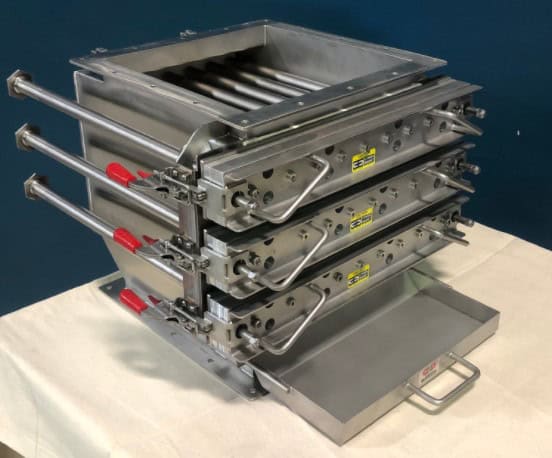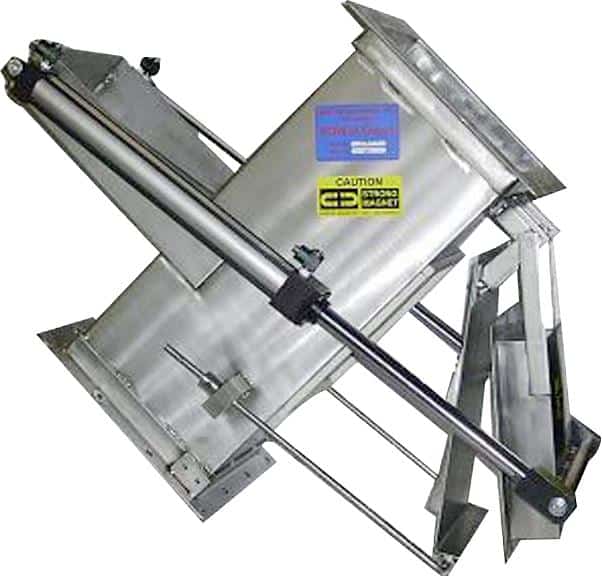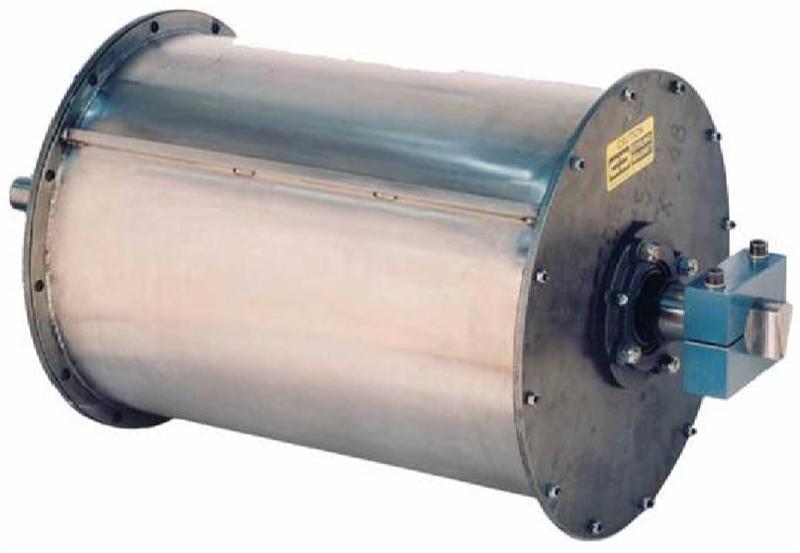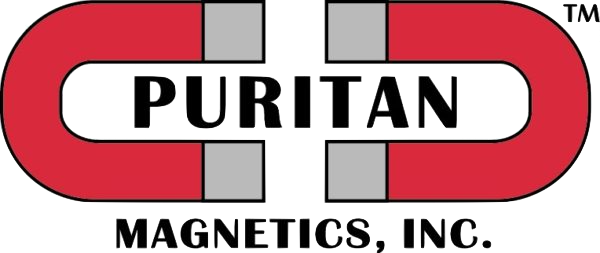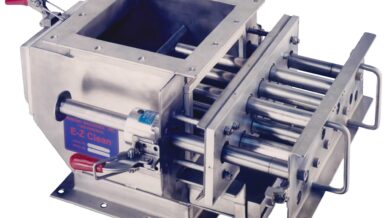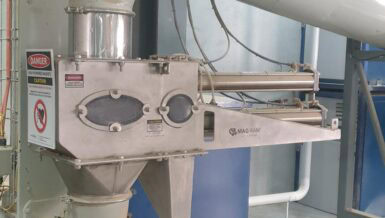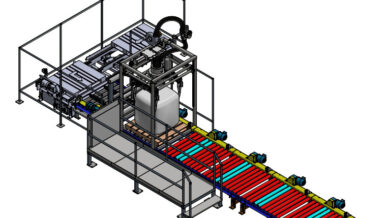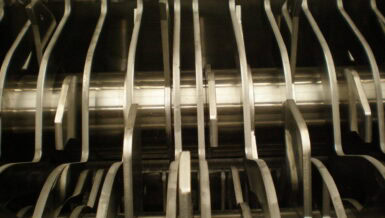The Role of Magnetic Separators in Bulk Solids Processing
In industries such as food production, pharmaceuticals, mining, plastics, and chemicals, the presence of metal contaminants in bulk materials can lead to equipment damage, product recalls, and safety hazards. Magnetic separators address these challenges by extracting unwanted ferrous particles from dry particulates, liquids, and slurries, thereby ensuring the integrity of the final product and the longevity of processing equipment.
Enhancing Process Efficiency with Magnetic Separation
Product Purity and Quality Assurance
Magnetic separators are vital in maintaining high product quality standards. By removing ferrous metals, they prevent product contamination and ensure compliance with industry regulations. This is particularly crucial in food and pharmaceutical industries, where even minimal contamination can have severe consequences.
Equipment Protection and Reduced Downtime
Ferrous particles can cause significant wear and tear on processing equipment, leading to unexpected breakdowns and costly repairs. By eliminating these contaminants, magnetic separators protect machinery, reduce maintenance costs, and minimize operational downtime.
Operational Efficiency and Cost Savings
The integration of magnetic separators into processing lines enhances operational efficiency. Self-cleaning magnets such as Rotating Drum Magnets, allow for continuous operation without manual intervention, leading to increased productivity and reduced labor costs.
Types of Magnetic Separators and Their Applications
Various magnetic separator designs cater to specific processing needs:
- Grate Magnets and Drawer Magnets: Ideal for gravity flow systems, capturing fine ferrous particles in dry, free-flowing materials like powders and granules.
- Plate Magnets and Hump Magnets: Used in chutes and ducts to remove tramp metal from free-flowing materials.
- Drum Magnets and Pulley Magnets: Suitable for high-volume processing, continuously separating ferrous metals from conveyor-fed materials.
- Liquid Trap Magnets: Designed for liquid and slurry applications, ensuring the removal of ferrous contaminants from viscous products.
- Pneumatic Conveying Magnets: Designed to remove ferrous contaminants from products in pneumatic conveying systems
Strategic Placement for Maximum Efficiency
The effectiveness of magnetic separators is significantly influenced by their placement within the processing line. Optimal locations include:
- Receiving Points: At the introduction of raw materials to capture contaminants early.
- Pre-Processing Equipment: Before crushers, mills, or mixers to protect machinery.
- Final Product Outlets: Ensuring product purity before packaging.
Innovations in Magnetic Separation Technology
Advancements in magnetic materials and separator designs have led to more efficient and user-friendly equipment. Features such as high-intensity rare earth magnets, self-cleaning mechanisms, and customizable configurations enhance separation performance and ease of maintenance.
In conclusion, magnetic separators are essential components in bulk solids processing, offering significant benefits in product quality, equipment protection, and operational efficiency. By selecting appropriate separator types and strategically integrating them into processing lines, industries can achieve safer, more reliable, and cost-effective operations.
If you have a current application for any magnetic equipment or require additional assistance Puritan manufactures a complete line of magnet equipment to solve most application requirements. A wide range of standard products with E-Z Clean and POW-R Clean features are available. Custom designs are also available to solve even the most difficult applications. Additionally, Puritan provides complete engineering and product testing to assist in magnetic equipment installation decisions.
